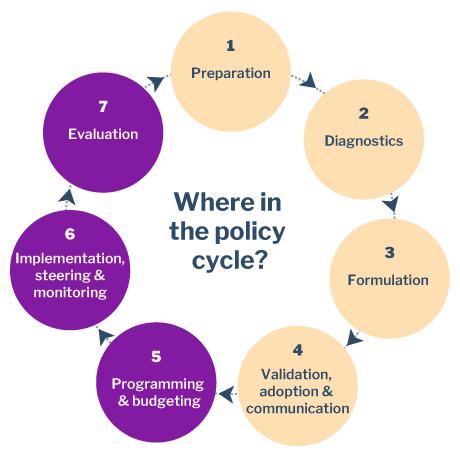Nudging technique: gender impartial approach
Also: Achieve diversity, transform expectations of men, transform expectations of women and inspire girls

There is well-documented evidence that the language of job ads has a significant impact on the type of people who are interested in applying for the job. Job adverts with masculine-coded language (words such as dominant, strong) appear to be less appealing to women. Another example is occupation titles such as fireman (firefighter) or stewardess (flight attendant) that might potentially exclude a group of people applying for a job.
By keeping in mind that language can be gendered, we can try use neutral language in job ads in order to attract a more diverse and talented pool of people. This will potentially lead to more diversity in the workplace too.
Of course, gendered language is not just an issue in advertising. Any gendered language in policies and public documents or announcements creates unconscious bias that favors one gender over another. In languages like Italian, French and German that include gender in words, an effort should be made to indicate both gender endings as options. Make an effort to avoid describing the general population as “he”, and instead use non-gender specific words where possible.
Where in the policy cycle can this approach be used?

Potential for change
While the benefits in terms of hiring are clear, this nudge can be easily applied more broadly. For example, it is also relevant for language around educational choices (e.g. how male-dominated STEM subjects are described in school). It is important to evaluate whether the list of masculine/feminine terms is relevant to each culture, as concepts likely vary in their gender associations.
Sources
Bohnet, I. (2016). What Works, Gender Equality by Design. Cambridge, Massachusetts: The Belknap Press of Harvard University Press.
Gaucher, D. and Friesen and J. Kay, A.C. (2011) Evidence That Gendered Wording in Job Advertisements Exists and Sustains Gender Inequality ![]() . Journal of Personal and Social Psychology 101(1): 109-128.
. Journal of Personal and Social Psychology 101(1): 109-128.
Matfield Kat (2011) Gender decoder for job ads ![]() .
.
Textio (N.d.) Textio machine learning job ad writing tool ![]() .
.